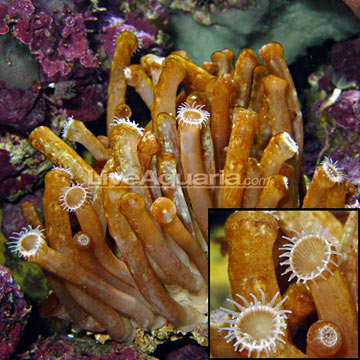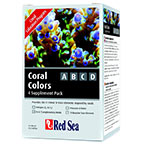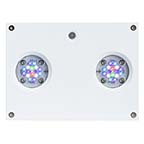
Additional locales and sizes may be available!
Additional locales and sizes may be available! Email me when availableQuick Stats
What do these Quick Stats mean? Click here for more information
What do these Quick Stats mean? Click here for more information
Overview
Snake Polyps are peaceful in nature, but space between their own colony and other corals and invertebrates should be provided to protect them. They require a moderate to high light level combined with a medium water movement within the aquarium. For continued good health, they also require the addition of iodine and other trace elements to the water.
They will reproduce in the reef aquarium on their own by budding (splitting off a portion of their base or mouth), if adequate water quality parameters are maintained.
The symbiotic algae zooxanthellae hosted within their bodies provide some of their nutritional requirements through photosynthesis. The remainder of their nutritional requirements will need to be provided in the form of regular weekly feedings of zooplankton or brine shrimp.
Approximate Purchase Size: Small: 2" to 3"; Medium: 3" to 5"; Large: 5" to 7"









